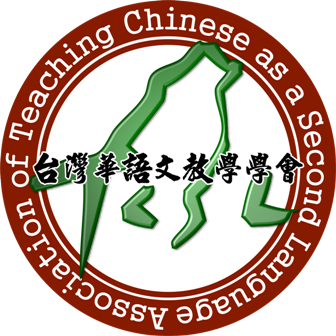講 者:陳思瑋 (助研究員)
主 題:Atayal biased polar questions and semantic variation
主持人:廖偉聞 (副研究員)
時 間:112年10月16日 (星期一)上午10-12點
地 點:中央研究院人文社會科學館南棟5樓語言學研究所519會議室
網 頁:https://www.ling.sinica.edu.tw/main/zh-tw?/sign/1016
摘 要:Polar questions (PQs) in languages often carry a bias associated with the speaker’s mental attitude, a nuance not fully captured by the ¬truth-conditional semantics for PQs. The inquiry into how this bias arises, the mechanisms at work, and the level at which it operates has long been a subject of discussion (e.g., Bolinger 1978; Ladd 1981; Gunlogson 2003; Romero & Han 2004; among others). In pursuit of these similar empirical inquiries, this study investigates the semantics of two sentence-final particles, rwa and pi, employed in forming biased PQs in Atayal, specifically in the Squliq dialect. The findings enable the proposal for points of semantic variation through comparisons with biased PQs in other languages.By manipulating two types of evidence, one based on speaker belief and the other on contextual evidence (Büring & Gunlogson 2000; van Rooy & Šafárová 2003; Northrup 2014), the results show that biased PQs in Atayal using these two particles vary along two primary dimensions: (i) whether they are speaker-oriented vs. addressee-oriented in grounding, that is, affecting whether the speaker asks to confirm the truth of the prejacent p or whether the addressee agrees that p is in Common Ground (Wiltschko 2021), and (ii) the speaker’s positive vs. negative attitude toward the truth of p. I propose that rwa functions as a higher-level question speech act applied exclusively to declaratives, while pi encodes non-at-issue content, indicating that p should not be included in the Common Ground (Frana & Rawlins 2019, originally a FALSUM operator in Repp 2013).A cross-linguistic comparison suggests that higher-level PQs tend to be positively biased with minimal variation in their complement selection. In contrast, speaker-oriented biased PQs exhibit distinctions along at least four parameters: (i) whether the bias relates to at-issueness; (ii) whether the bias remains consistently anchored in the speaker across speech acts (i.e., perspective shift); (iii) whether the interrogative form is affirmative or negative (i.e., polarity); (iv) whether the polarity of the interrogative form aligns with or opposes the speaker’s bias (i.e., bias reversal). The first two parameters appear to vary together, while for the latter, all possible combinations are attested, with the Atayal pi representing an unreported subtype.
***************************************************************
主 辦 單 位:中央研究院語言學研究所~歡迎踴躍參加~
